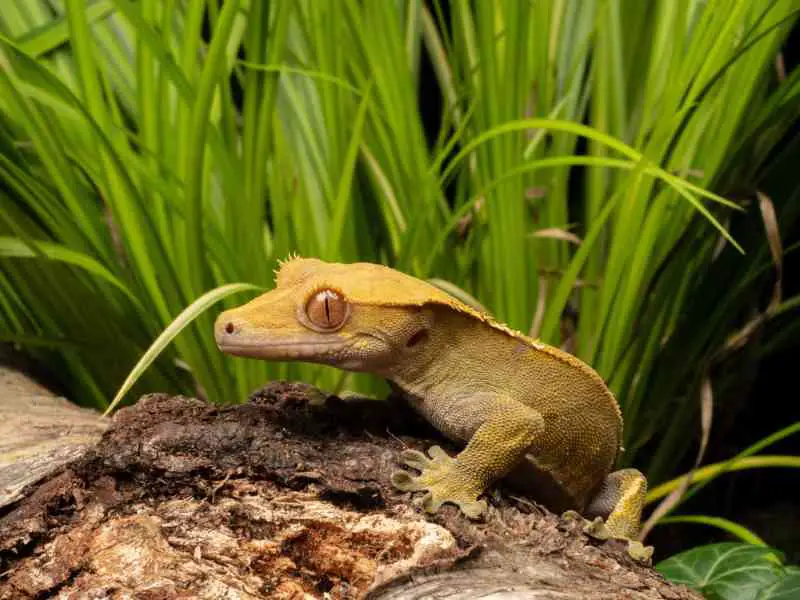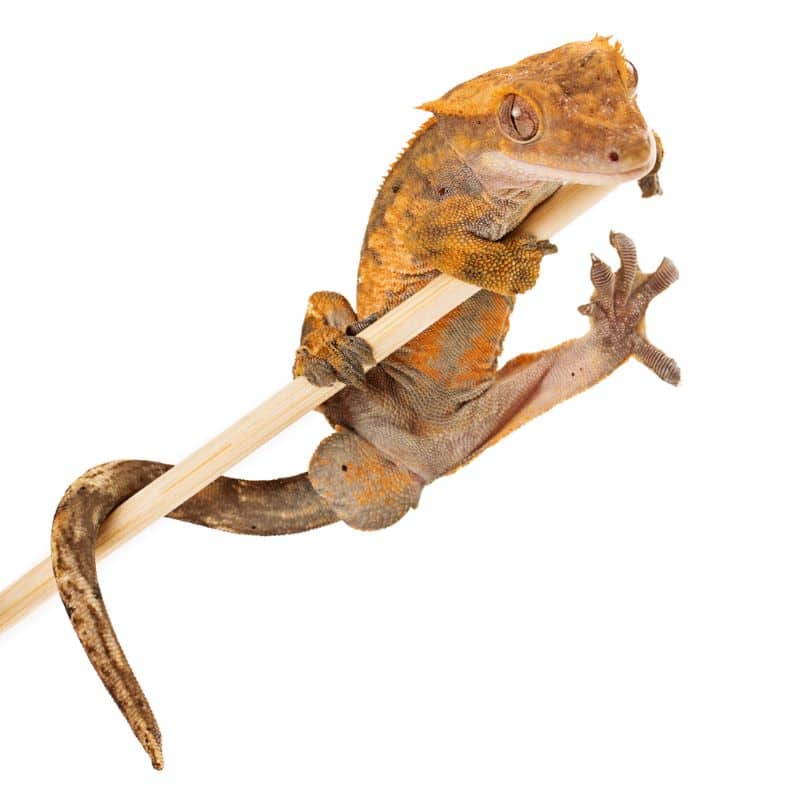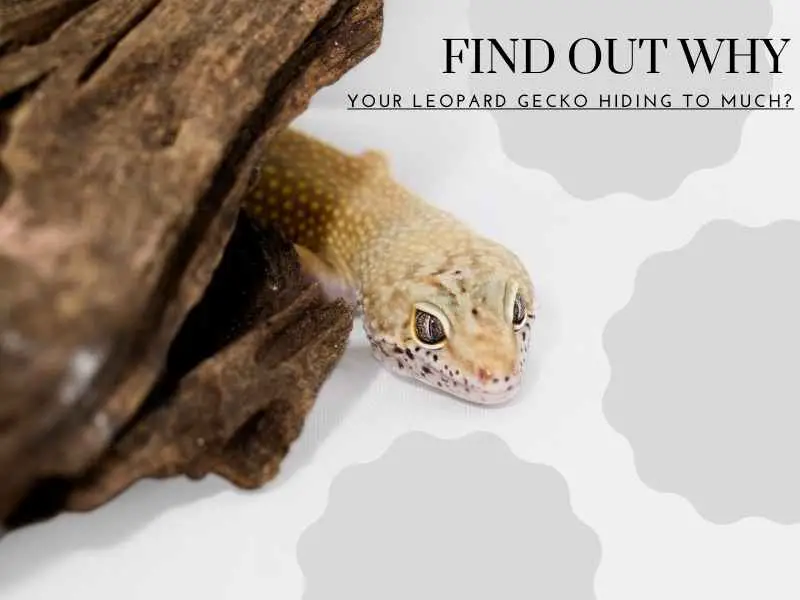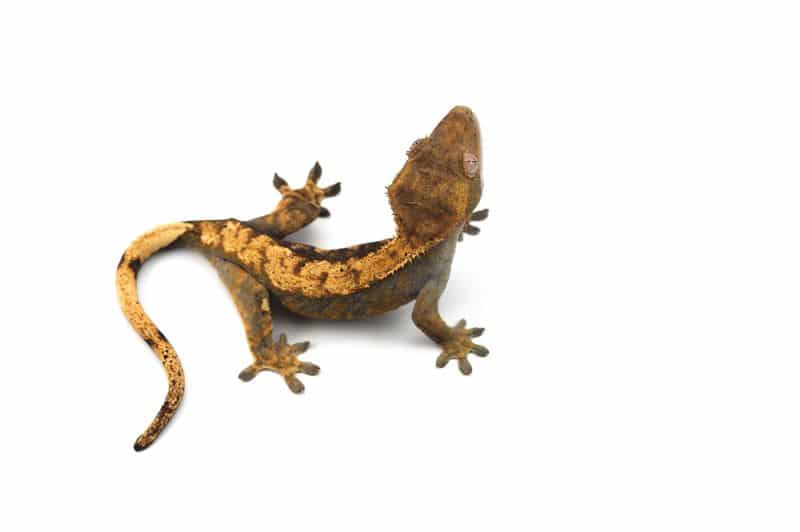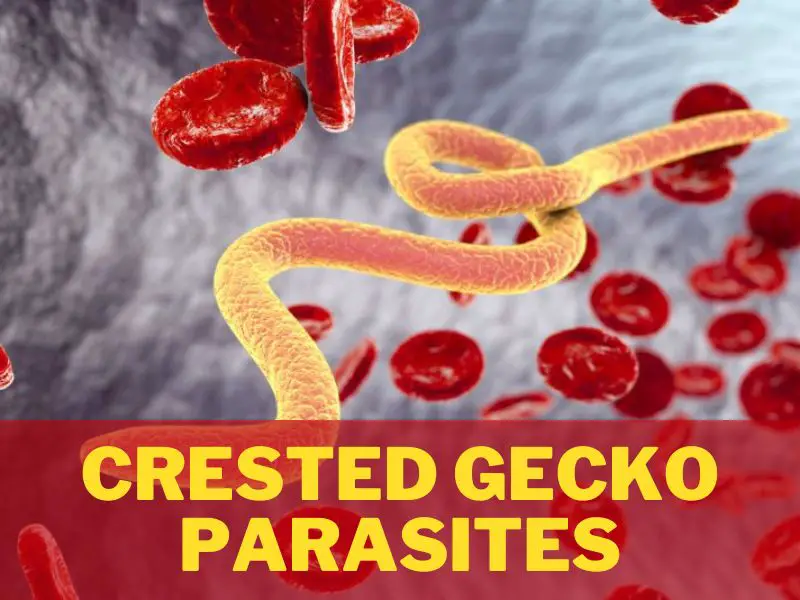Can Crested Geckos Eat Wax Worms? Don’t Feed Too Many!
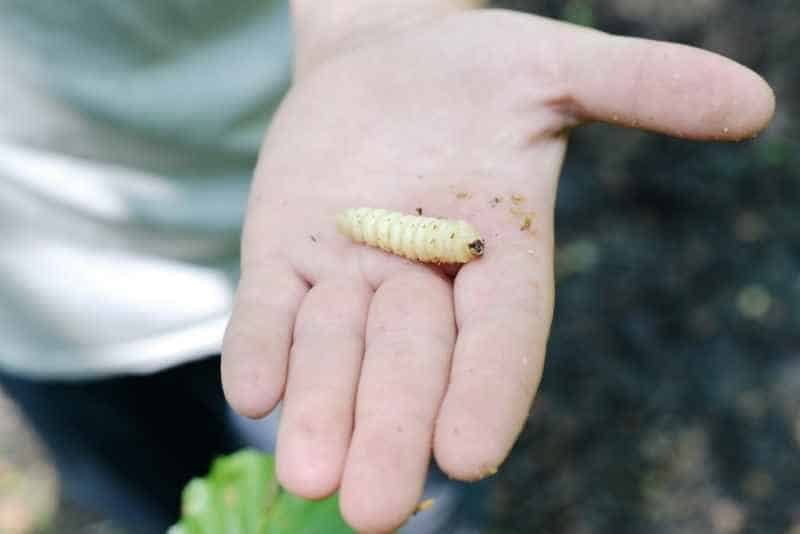
When it comes to feeding, Crested Geckos are mostly insectivores, meaning that the bulk of their diet should consist of live insects. However, many owners also like to offer their pet Crested Gecko the occasional wax worm as a treat.
While wax worms are not technically insects, they are still suitable for Crested Geckos to eat on occasion. Wax worms are high in fat and calories, so they should only be offered in moderation. In addition, it is important to make sure that the wax worms you give your Crested Gecko are properly gut-loaded and free of any pesticides or other harmful chemicals.
When given in moderation, wax worms can make a healthy and nutritious treat for your pet Crested Gecko.
Contents
What Are Waxworms?
Waxworms are the caterpillars of the Greater Wax Moth, and are commonly used as fish bait and as feeder insects for reptiles. Waxworms are also used in scientific research, as they are easy to care for and have a relatively short life cycle. Waxworms are very high in fat and protein, and their bodies are about 60% fat.
This makes them an ideal food source for many animals, although they should not be fed to animals that are prone to obesity. Waxworms grow quickly, and can reach up to two inches in length. They are white or cream-colored, with a segmented body and small black head. Waxworms are generally found in beehives, where they feed on wax.
However, they can also be found in other places where there is a build-up of wax, such as candles or crayons. When kept as pets, waxworms should be given a diet of fresh fruit and vegetables, as well as a small amount of grain or protein powder.
Can Crested Geckos Eat Waxworms?
The answer is yes, but only occasionally. Waxworms are high in fat and can cause digestive issues if fed to crested geckos too frequently. In addition, waxworms should only be given to adult geckos; they are not suitable for young lizards or babies. If you do decide to feed waxworms to your crested gecko, it is important to offer them in moderation and to monitor your lizard’s health closely.
Too many waxworms can lead to obesity and other health problems, so it’s important to err on the side of caution. When offered in moderation, however, waxworms can make a tasty and nutritious treat for your pet gecko.
Should Crested Geckos Eat Waxworms?
Crested geckos are a type of lizard that originates from New Caledonia. In the wild, their diet consists mostly of insects and other small invertebrates. However, when kept as pets, they often eat a diet of commercial insect food, such as crickets or mealworms.
Waxworms are another popular food source for pet reptiles, but there is some debate over whether or not they should be included in a crested gecko’s diet.
There are a few potential benefits to feeding waxworms to crested geckos. First of all, they are an excellent source of protein and fat. This can be especially helpful for growing youngsters or pregnant females, who need extra nutrients to support their development. Additionally, waxworms are relatively soft-bodied, which makes them easy to digest.
However, there are also a few potential drawbacks to feeding waxworms to crested geckos. For one thing, they can be quite addictive, and it’s possible for geckos to become overweight if they eat too many of them.
Additionally, waxworms can sometimes carry parasites, which can be harmful to your pet reptile. As a result, it’s important to consult with a veterinarian before adding waxworms to your crested geckos diet.
How Many Waxworms to Feed to a Crested Gecko and How Often?
When it comes to feeding your pet Crested Gecko, one of the most important things to consider is how many waxworms to give them. As a general rule of thumb, you should offer them 2-3 waxworms per week for every 10 grams they weigh. So, if your gecko weighs 30 grams, you would give them 6-9 waxworms per week.
It’s also important to note that waxworms are high in fat and should only be given as an occasional treat. If you are looking for a more regular food source for your Crested Gecko, crickets are a good option.
As with waxworms, you should offer them 2-3 crickets per week for every 10 grams they weigh. These can be given more regularly than waxworms since they are not as high in fat.
Feeding Waxworms to Baby vs Adult Crested Gecko
When it comes to feeding waxworms to your pet reptile, there are a few things you need to take into consideration. The first is the size of your pet. Adult Crested Geckos can safely eat waxworms that are up to ¾ of an inch long. However, baby Crested Geckos should only be offered waxworms that are no longer than ½ of an inch.
The second thing to keep in mind is the frequency of feedings. Adult Crested Geckos can be fed waxworms 2-3 times per week, while baby Crested Geckos should only be offered them 1-2 times per week. Finally, you need to consider the nutritional needs of your pet. Baby Crested Geckos are still growing and developing, so they require more protein and fat than adults.
For this reason, it’s best to offer them nutritionally-complete insect meals, such as Pangea Complete Insect Diet, rather than just offering them waxworms as a treat.
How to Feed Them Waxworms

In order to properly feed waxworms to a crested gecko, you will need to purchase a small container of waxworms from your local pet store. Once you have your waxworms, you will need to gut-load them by feeding them a nutritious diet for 24-48 hours prior to feeding them to your gecko.
To gut-load your worms, you can use a variety of vegetables and fruits, such as kale, carrots, apples, and bananas. Once your worms are adequately gut-loaded, you can offer them to your gecko as a treat.
Throwing Out the Remaining Waxworms – Safely
Once you have fed your crested gecko the wax worms, there are a few things you need to do to make sure that you get rid of the remaining worms safely. First, you need to remove all of the wax worms from the cage.
This can be done by using tweezers or by scooping them out with your hand. Next, you need to place the worms in a container filled with soapy water. The soap will kill the worms and make them easier to dispose of. Finally, you can dispose of the worms in the trash. Be sure to wash your hands thoroughly after handling the worms.
By following these simple steps, you can safely and easily get rid of the remaining wax worms.
Other Feeder Insects Better Than Waxworms
Feeder insects for reptiles come in a wide variety, each with their own benefits and drawbacks. For crested geckos, in particular, there are a few options that stand out as being better than wax worms.
First, mealworms are a good source of protein and fat, and they are also easy to digest. Additionally, crickets are a good option because they are high in calcium, which is essential for bone growth.
However, it is important to note that crickets can sometimes be difficult to digest, so it is important to offer them in small quantities at first.
Lastly, dubia roaches are an excellent option because they are high in both protein and fat. They are also easy to digest and don’t pose the same risk of indigestion as crickets.
Overall, there are a few different feeder insects that are better than wax worms for crested geckos. Each has their own set of benefits that make them worth considering as part of your pet’s diet.
